The Legacy of the Non-Aligned Movement – The Dream of Peaceful Coexistence and Encouragement of Cultural Diversity
Did you know that the 1st Conference of the Non-Aligned Movement took place right in the heart of South East Europe?
The Non-Aligned Movement (NAM) was formally established nearly 60 years ago—in one of the regions our festival covers—Belgrade, in today’s Serbia, then the capital of Yugoslavia. The first official conference of the non-aligned countries took place in September 1961, with 25 countries participating.
In short, NAM was founded during the Cold War by leaders from countries that aimed to establish the principle of peaceful coexistence and remain non-aligned with either of the two power blocs—the United States and the Soviet Union.
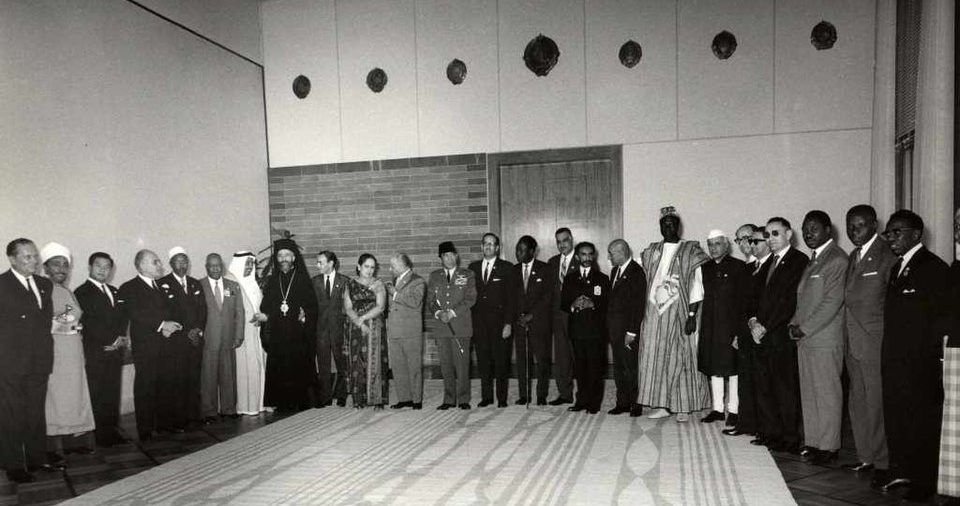
Leaders of the Global South at the Belgrade Summit 1961, © Museum of Yugoslavia, Belgrade
“In September 2021 we mark the 60th anniversary of the Belgrade Conference of the Non-Aligned Countries. Recent academic meetings and exhibitions (like the one held in 2019 at the Wende Museum in Los Angeles, titled Nonalignment and Tito in Africa) have at long last blown open the lid of inquiry on an important historical period and movement which offered an alternative approach to global affairs. Non-aligned movement forged previously unthinkable geographical alliances and challenged bi-polar global policies of the time. We need to explore Non-Alignment from a humanist, cultural, and public diplomacy angles, similar to what the world is trying to do today with a global agenda on climate change”, says Vera Mijojlić, founder of SEEfest.
Let’s take a look at the initial steps that led to the formation of NAM—which is the largest grouping of states just after the United Nations—and look at the deeper implications of how this movement worked toward peaceful coexistence.
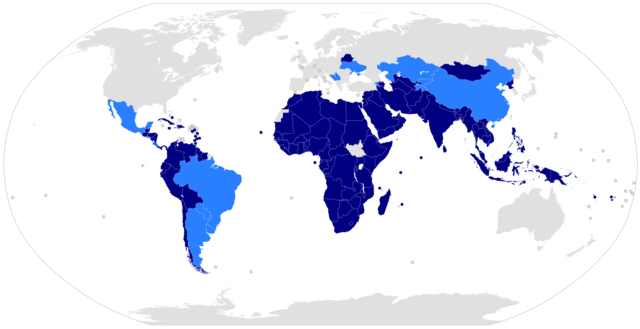 To begin, the Cold War is directly responsible for the emergence of the terms, “first world”, “second world”, and “third world” —the western and eastern blocs, and the nations that decided to stay outside of these blocs.
To begin, the Cold War is directly responsible for the emergence of the terms, “first world”, “second world”, and “third world” —the western and eastern blocs, and the nations that decided to stay outside of these blocs.
Alfred Sauvy, a French demographer coined the term “third world” in his 1952 article, “Three Worlds, One Planet”. The “first world” was meant to refer to the United States and its democratic-capitalists allies like Western Europe, Japan, and Australia; and the Eastern bloc, the Soviet Union and “its Eastern Europe satellites” were considered the “second world”. The “third world” then comprised of the nations that chose to be non aligned, and which were also considered underdeveloped as many had just recently won independence from their European colonizers, like nations in Africa, Asia, the Middle East, and Latin America.
In 1955, twenty-nine government representatives from Asian and African countries—representing nearly 54% of the world’s population—met in Bandung, Indonesia at what would become known as the Bandung Conference, “to discuss peace, and the role of the third world in the Cold War, economic development, and decolonization.”
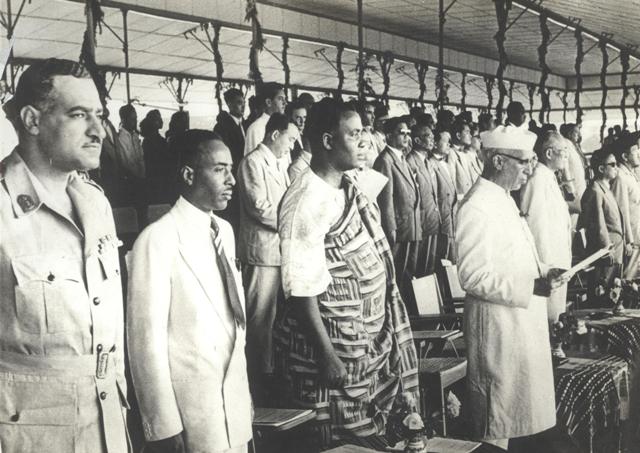
Asian-African Conference at Bandung, April 1955
These nations called upon the meeting out of the frustration and alienation they felt as the non-aligned “third world” and decided to come together to dispel colonization through their unity and support for one another as well as their advocacy for other nations that were still under colonial rule.
It was at this conference that they established and signed a communique of the principles they would stand by, which included: “the promotion of economic and cultural cooperation, protection of human rights and the principle of self-determination, a call for an end to racial discrimination wherever it occurred, and a reiteration of the importance of peaceful coexistence.” (Office of the Historian)
These principles and their concept of banding together to support one another economically and culturally laid a lot of the groundwork for the Non-Alignment Movement. They figured as a majority of them were newly freed of their colonial ties, they would use this unity to build one another up through peaceful coexistence, the dismantlement of colonialism and racism, and the promotion of diversity.
SEEfest promotes cross-border cultural diversity
Promoting lesser-known regions, their history, heritage, and their cultural diversity through film, literary and cultural events is at the core of SEEfest, a cultural festival that “pioneered the concept of regional, cross-border programming with issue-driven films that tell a larger story about South East Europe (…) by presenting multiple points of view from this troubled region,” to quote from the festival’s mission statement.
On the occasion of the historical 60th anniversary of the first NAM conference, we look back at the world as it was then, and how a small country in the heart of South East Europe, only recently freed from the oppressive dominance of the Eastern bloc, took center stage in hosting a meeting of Asian, African and Latin American countries. Aside from politics, this conference would have a lasting cultural influence on people and artists of Yugoslavia: from The Museum of African Art, the first and only museum in the region entirely dedicated to the cultures and arts of the African continent, to several recent documentary films about NAM and upcoming magnum opus by acclaimed filmmaker Mila Turajlic, “The Labudovic Files” about the cameraman who filmed not just the leaders of the movement but preserved on film living history and cultural traditions of many nations.
“We look back at the main protagonists and at what deep sense of solidarity Tito was able to instill wherever he went on his extensive travels. There is strong evidence of trust between Nonaligned nations — something not only completely absent from but pretty much unthinkable in our present world,” says Vera Mijojlić, founder of SEEfest.
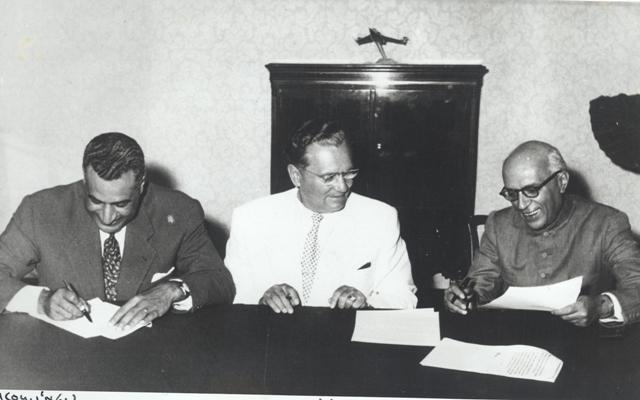
From Left to Right: Gamal Abdel Nasser, Josip Broz Tito, and Jawaharlal Nehru
NAM was headed by the president of Yugoslavia, Josip Broz Tito; the President of Egypt, Gamal Abdel Nasser; and the first Prime Minister of India, Jawaharlal Nehru.
Josip Broz Tito, who played a pivotal role in the movement, achieved something no other Eastern European nation succeeded in doing until the fall of the Berlin Wall: he managed to distance Yugoslavia from the Soviets and retreated from the USSR-led alliance in 1948. As stated in Non-Alignment and Tito in Africa, Tito defied “Soviet hegemony to launch (Yugoslav) own program of socialist development.”
Through his foreign policy and anticolonialism, Yugoslavia strengthened its ties and influence in the ‘third world’. Tito’s legendary travels to Africa, Asia, and Latin America have been well documented on film, primarily by the state-funded newsreel service Filmske Novosti. The company still exists and serves as a treasure trove of unique archival material for scores of young filmmakers, scholars, and media organizations throughout the world.
Extensive travels and Tito’s meetings with leaders of non-aligned African countries led to “economic packages, military aid, technical support, and cultural and academic exchanges, it helped build factories, power plants, ports, hospitals, and research facilities in numerous African countries. In return, Yugoslavia gained access to African raw materials and new markets to trade its surplus consumer products.” (Non-Alignment and Tito in Africa)
Tito also strengthened Yugoslavia’s ties with other third-world countries in South America, notably with Mexico, and this, in turn, introduced Mexican films from the golden age to Yugoslav audiences across the country. This then led to the 1950s-1960s “Yu-Mex” craze, when Mexican music became so popular in the region that many Yugoslav musicians began covering traditional Mexican music. The documentary film by Miha Mazzini, “Yugoslav Mexico” from 2013 is dedicated to this cultural phenomenon.
Another notable thing Yugoslavia did under Tito’s leadership was aid the third world in anti-colonialist movements, and it was the Yugoslav delegation that first brought the demands of the Algerian National Liberation Front to the United Nations.
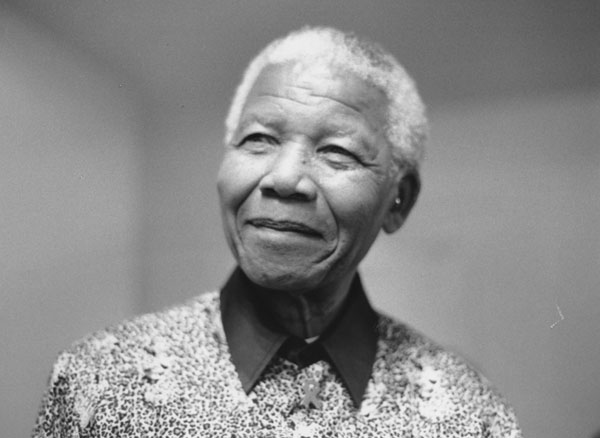
Nelson Mandela
Later, another important figure that would serve as a Chair of the Non-Aligned Movement would be President Nelson Mandela. From September 1998 to June 1999 he served as NAM’s 19th Secretary General. After the 7th NAM Summit of 1998, he relayed the discussions and outcomes the group had to the United Nations General Assembly during their 53rd session.
SEEfest will continue to highlight this, and other influential historical and cultural milestones of South East Europe. Stay tuned for the next update!
Post your comments and memories of this historic event below. And be sure to sign up for the SEEfest News so you don’t miss important announcements about the annual Festival!
18 thoughts on "The Legacy of the Non-Aligned Movement – The Dream of Peaceful Coexistence and Encouragement of Cultural Diversity"
Comments are closed.


oral clavulanate – augmentin 1000mg pill purchase levothyroxine for sale
betnovate 20gm oral – buy generic monobenzone buy cheap generic monobenzone
order metronidazole 400mg generic – flagyl 200mg for sale cenforce 50mg us
order permethrin online – oral benzac brand tretinoin cream
generic prednisone 10mg – deltasone 20mg ca zovirax online
cefdinir us – order cleocin online purchase cleocin without prescription
oral accutane 10mg – generic isotretinoin 10mg deltasone sale
trihexyphenidyl price – cheap trihexyphenidyl sale order emulgel online
periactin brand – order periactin 4mg pill tizanidine 2mg ca
mobic 15mg drug – mobic price toradol brand
order generic baclofen 25mg – buy baclofen 10mg generic generic piroxicam 20 mg
cheap rumalaya tablets – shallaki online amitriptyline for sale online
diclofenac drug – order generic cambia aspirin over the counter
order celecoxib 200mg generic – celebrex where to buy indomethacin 75mg ca
colospa ca – buy colospa generic cilostazol price
buy probenecid generic – benemid drug buy generic tegretol 400mg
buy neurontin 800mg generic – cheap sulfasalazine cost sulfasalazine 500 mg
besifloxacin tubes – order besivance eye drops where can i buy sildamax